A triangle wearing a cap of clouds casts its shadow on an empty street.
1970s (Knoxville, 1971) Via
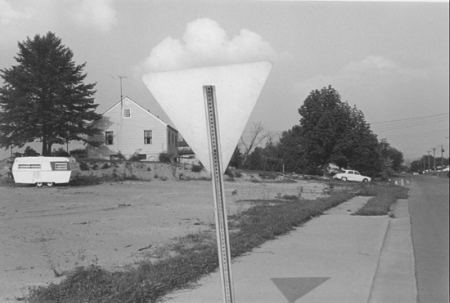
Regina Hackett takes her Art to Go
An image of twin towers as an ad for builders?
 Image via
Image via
The Old Weird America, organized by the Contemporary Arts Museum Houston, opens at the Frye on Saturday and includes Cynthia Norton’s Dancing Squares, 2004:
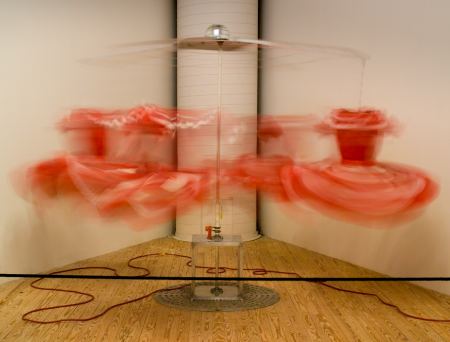 Also opening Saturday is Vortexhibition Polyphonica at the Henry Art Gallery, including E. V. Day’s Cherry Bomb Vortex, another little red dress.
Also opening Saturday is Vortexhibition Polyphonica at the Henry Art Gallery, including E. V. Day’s Cherry Bomb Vortex, another little red dress.
 Reviews to follow.
Reviews to follow.
builds a ladder.
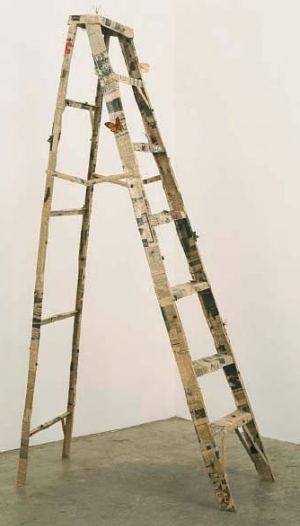 Hannah Greely, Assembly, 2001
Hannah Greely, Assembly, 2001
Miranda July dropped out of the University of California at Santa Cruz in her sophomore year, disappointing her parents. After working her way to the top in Oregon’s DIY arts scene as a performance artist, Internet experimenter and writer, she moved to Los Angeles in 2004 and in 2005 delivered the widely heralded independent movie Me and You and Everyone We Know, written by, directed by and starring herself. It opened the Seattle International Film Festival and won the Camera d’Or for best first feature at Cannes. She submitted her screenplay to the Sundance Screenwriting and Filmmaking Lab, was rejected twice before getting the Sundance nod.
In a 2005 interview in the PI, she explained Portland’s allure.
Your parents must be happy now.
Yes. I grew up in Berkeley with a full Berkeley upbringing. They expected independence, but not independence from a college education. For me, school was taking away from getting to begin. I was never academic. I fight all conventions until they become useful to me.
Why did you move to Portland?
One of my best friends from high school was going to Reed and it seemed like a good place. I lived with a bunch of girls in a house and started doing plays in a punk club. I had a band called The Need. I was singing, although I can’t sing at all. I made up for it in showmanship. I loved being on stage. I have a pretty strong connection to the independent music scene in Olympia. Performance is something I’ve been doing since high school.
There’s a great film and video community in Portland, with people like Harrell Fletcher and Matt McCormick. I feel lucky to know them. Portland was very nurturing for me. I found people interested in what I was interested in. In Portland, if you’re doing something, there are people who will give you their time and talent. They’re totally game for putting in huge amounts of time.
What did you do to earn a living?
I was a car door unlocker. I worked at Pop A Lock, but I haven’t had to have that kind of job since I was 23.
What a useful skill. Can you still pop locks?
I’d need the tools.
You developed the Internet site “LearningtoLoveYouMore” with Fletcher. Who thought of inviting people to do those amazingly affecting tasks, such as, “Re-create a poster you had as a child” or “Make a paper replica of your bed”?
A lot of people. It just grew.
You’re had a lot of support from the visual art community, both in the Northwest and around the country, yet you don’t exactly identify with that community.
I don’t feel that much a part of any of these worlds, partly because of how I entered them.
No master of fine arts degree? No film school?
Yes. I always felt I was crashing.
A New York Times critic said you’d be famous by now if you hadn’t spent so much time in Portland. That’s kind of funny considering your age. You’re young for a movie director, actress and major writer.
I’m glad I lived in Portland when I did. I wanted not to be under the influence of a powerful city like New York or Los Angeles. I’m impressionable. I could have taken a wrong turn. In Portland, I could wait to develop, and I knew a voice would come.
In the late 1970s, Cindy Sherman was the star of her own B-movies. She remains the central figure on her own stage. Recently, Miranda July changed Sherman’s conceit, becoming Polonius to Sherman’s Hamlet – an easy tool, deferential but aspiring to larger things. (Via Eyeteeth)
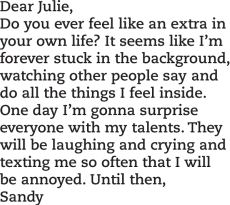 July in Kramer vs. Kramer:
July in Kramer vs. Kramer:
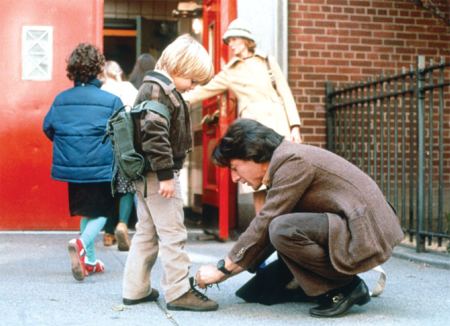
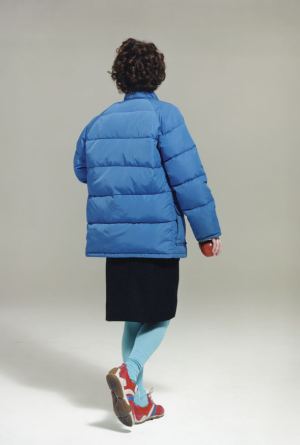
More here.
Kucera responds to this post: Is First Thursday Over?
At a recent meeting of the Seattle Art Dealer’s Association, we discovered by a poll that about half of us are now on a 5 or 6 week show time turnaround, doing about 9 or 10 shows a year.
Several more are on a schedule that allows for mostly monthly shows and a few shows per year, generally around the summer or the end of year holidays, that are longer. Fewer than half of us are on a strict First Thursday to First Thursday schedule.Personally, I feel that a show length of 5 – 6 weeks allows many more collectors and viewers to see our shows and the chance for repeat visits. If galleries stay on a FT – FT schedule, shows are up for between 18 and 23 days, Tuesday through Saturday business days. Last month yielded a short 18 day show; this month would be only 23 days. (Only a few dealers are still open on Sundays here.)
Working with nationally known artists, as we often are, it’s impossible to suggest with any credibility a show length of fewer than 5 weeks. And I don’t feel the artists of our region deserve any less.
Still, whether we’re opening our show that night or not, all of us in the downtown area are still committed to keeping First Thursday as a predictable night for being open to the public. At nearly 30 years of age, First Thursday has become the longest standing regular monthly arts event in Seattle. It has always been privately funded by the participating galleries. No public funds make First Thursday possible. SADA, arguably an organization of the city’s best dealers, produces and provides a monthly map and guide. We will continue to welcome the public from 6 – 8 on each and every First Thursday. Maps and guides are available at each gallery to help find the others.
This just in: Susan Robb is opening a small exhibit of videos and photos on powder-coated steel shelves in the back room of Lawrimore Project, with a lecture by Robb at the gallery at 8. 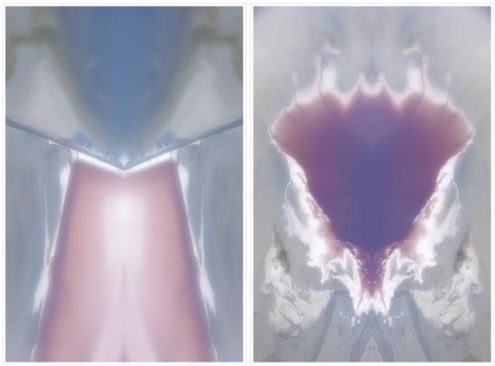
Johnny Ryan, most known for his Angry Youth Comix, is taking his characters inside the metaphoric big house in his head.
 Ryan opens an exhibit at Fantagraphics Gallery Oct. 10, 6 -9 p.m., accompanying the launch of his graphic novel, Prison Pit.
Ryan opens an exhibit at Fantagraphics Gallery Oct. 10, 6 -9 p.m., accompanying the launch of his graphic novel, Prison Pit.
ignores the view.
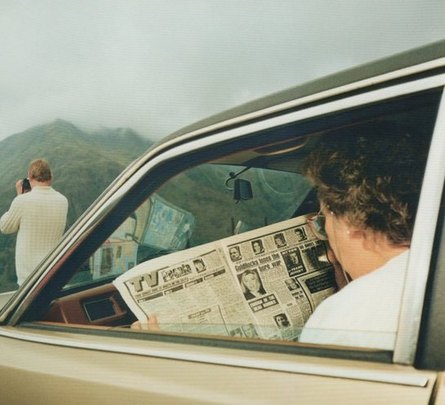 Martin Parr, Snowdonia, via.
Martin Parr, Snowdonia, via.
an ArtsJournal blog


